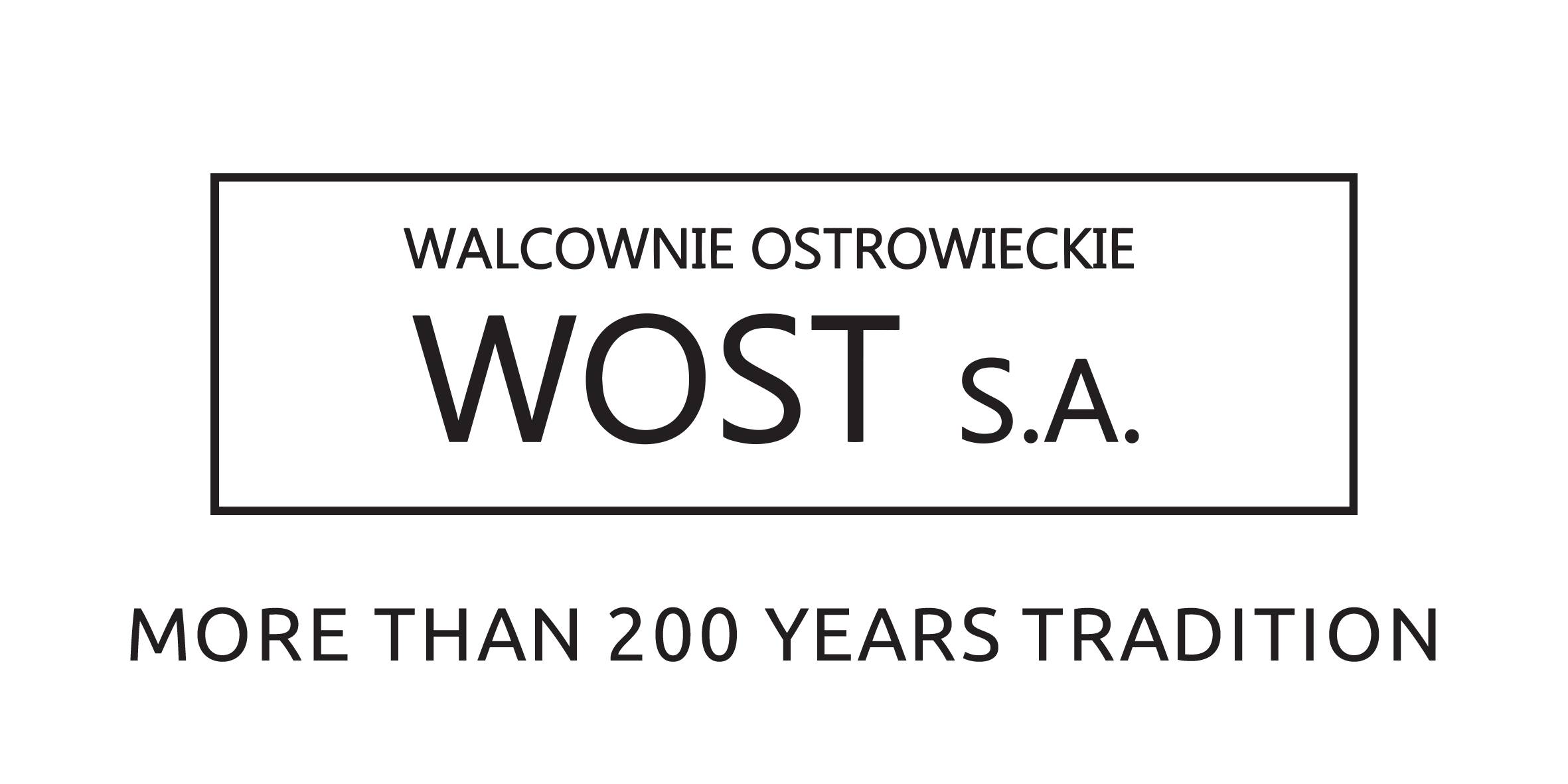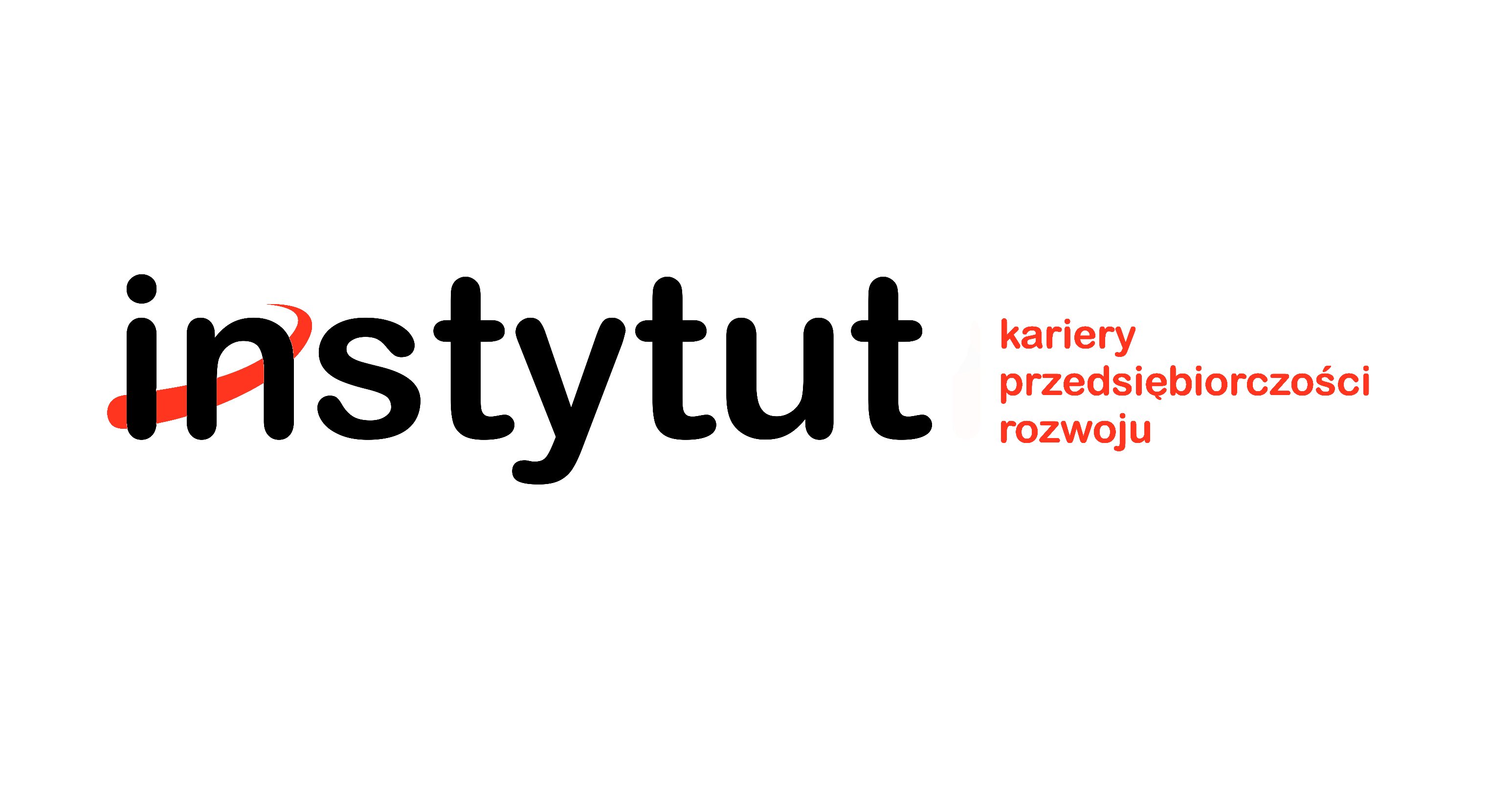Knowledge of the rules of savoir-vivre is one of the basic competences not only in professional but also in personal life. Practicing these principles gives us self-confidence and allows us to behave freely in various situations. After all, good manners are extremely practical – they often give simple, precise answers to complicated matters. What characterizes a well-educated person? Below is a list of the characteristics of such a person. Go through it and see if you have these qualities.
Characteristics of a well-bred person
- always takes care of the wardrobe (clothes) and hygiene,
- smiles often,
- is kind and polite,
- is verbal,
- is modest (but knows her strengths),
- is discreet,
- is punctual,
- controls prejudices,
- has the ability to listen,
- controls bad mood,
- controls body language.
This is the basic canon of behavior of a cultured person. In addition, it applies to relations with the employer Business etiquette. It concerns such areas as:
- appearance, presence, clothing,
- behavior in special situations, e.g. during greetings, presentations, farewells,
- forms of behavior at work,
- communicating over the phone and on the Internet,
- eating and table manners, e.g. during business meetings.
In the first contact with the employer, i.e. during job interviews, you should take care of the right appearance, behavior and communication.
➡️ Appearance
Our appearance is one of the elements of communicating who and what we are to the environment. We are visual creatures and pay attention to clothing. The employer will always expect that the external appearance of his employees will confirm and strengthen the company’s image, will be its extension. That is why it is important how you dress both for the interview and on the first day at work. Many companies have a dress code, i.e. a specific set of rules regarding the appropriate matching of clothing to the occasion. Sometimes it is very detailed and precise, and sometimes only contractual. For example, in a bank you will meet guidelines on what an employee should look like, and in an IT company, the outfit can be almost completely arbitrary. However, our clothes will always reflect our attitude towards the environment, superiors and co-workers. The way we look is also an element of our self-presentation, i.e. how we want others to evaluate us (e.g. as professional people in their profession, optimistic, wealthy, athletic people, etc.)
➡️ Body care and hygiene
This is the basic element of the external appearance. Well-groomed hair – clean and properly combed. In the case of long hair, it is better to tie or fasten it for the interview (mandatory for men). Women should wear light makeup on their face and nails – one that looks natural. Men should be neatly shaved, and if they wear a beard, it should be well-groomed. It is also worth getting the right fragrance – rather fresh, light scent (we leave the heavier, sweet ones for the evening). Clothing should be clean, ironed and without any tears or damage. Shoes must be cleaned and polished, with well-groomed heels.
➡️ Professional dressing style
An interview is a business situation, so it requires a business (professional) dress code. A professional style of dressing is the ability to choose your appearance appropriately to the situation. The rules of savoir vivre in business define different types of clothes – depending on the occasion and time of day. Stands out:
• sports outfit (casual) – for unofficial meetings, weekend meetings, conferences;
• office attire – for men it is usually a suit or jacket4, for women – a costume; clothes should be in subdued colors;
• official attire (jacket) – for men it is a dark suit with a tie, for women – formal dresses without a neckline;
• evening attire (formal/black tie) – men will wear a tuxedo, tuxedo shirt, bow tie and black patent leather shoes; women, a long dress and obligatory high heels.
👉 A business, professional style of dress for women is:
- Standard costume (skirt or trousers plus a jacket), in subdued colors, e.g. in shades of gray or navy blue, “warm” browns, ashes, dark greens;
- White or pastel-colored blouse (avoid transparent blouses), buttoned up, without necklines;
- Tights or stockings (even in summer);
- Elegant and covered footwear, rather high heels (but selected high heels);
- Modest jewelry;
- Accessories: handbag, belt, etc. (selected properly).
👉 A business, professional style of dress for men is:
- Suit (jacket plus trousers) in subdued colors, such as shades of grey, graphite or navy blue (it is better to avoid black on a daily basis);
- Light shirt – white or in one of the pastel shades, always with long sleeves;
- Tie with classic patterns or subdued patterns, darker than a shirt;
- High socks in a dark color matching the color of the suit;
- Covered black shoes (for a dark suit) or full brown shoes (for lighter suits). Very modest jewelry (cufflinks or tie clips, watch);
- Accessories: briefcase, briefcase for documents, wallet and trinkets.
➡️ Basic polite phrases and forms
Meeting your future employer is the time to make a good impression. Knowing the rules of behavior will always come in handy, including:
• knowledge of the official hierarchy,
• knowledge of the rules of titles and introductions,
• knowledge of the rules of bowing and shaking hands.
In the professional world, there is only one division when it comes to hierarchy (i.e. “who is more important”) – superiors (bosses) and subordinates (employees). This division, in turn, is related to the rules of greeting, shaking hands and introducing. The general rule in bowing is that the subordinate bows first (that is, says, for example, “good morning”) to the superior. The situation is similar in the case of an interview – the candidate is lower in the hierarchy, so he is the first to greet the potential employer when entering the interview. It is different with shaking hands – here the first hand is extended by the superior to the subordinate. Therefore, if you come for an interview with a potential employer, wait until he shakes your hand in greeting.
The handshake should express our self-confidence, so it should be relatively strong (but without exaggeration – we never crush someone’s hand).
Make sure your hand is dry and warm. What if the legislator is a woman? Should you kiss her hand in greeting? Absolutely not! In business relationships, we do not kiss hands (or other parts of the body). In business, a handshake is the only permitted touch in a relationship with another person.
Another issue is introducing yourself – when we enter the interview, we should say hello and say our name (name and surname). When introducing ourselves, we avoid mentioning our titles (e.g. “I am magister Piotr Nowak” or “My name is count Jann Doe”). If our title is related to the function we have, then our presentation should look like this: “My name is Tomas Krol. I’m a sales manager at company XY’ or ‘My name is Joanne Doe I am the head of the marketing department at XY company”, or “My name is Alice Mroz and I am the deputy president of the YZ foundation”.
➡️ Netiquette
During the pandemic, remote meetings with the employer have become quite common. The same rules apply here as in face-to-face conversation. We should also dress smartly and behave appropriately for a meeting via messenger, an application for online chats. Take care of calmness during the conversation (so that no one from your surroundings will disturb you), dress “from head to toe”, check your connection.
The rules also apply to communication by e-mail. When you send a message to an employer, e.g. your CV, remember to:
- always include a subject in the message (e.g. “application for the position of a sales representative”, “response to a job offer”),
- start the e-mail with “Dear Ladies and Gentlemen” and not with “hello” or “good morning”,
- briefly describe the purpose of contacting us,
- end the e-mail with the words “sincerely”, “sincerely” and signing your name and surname,
- never send an attachment alone without the content in the e-mail,
- do not make language mistakes (check, read before sending).


